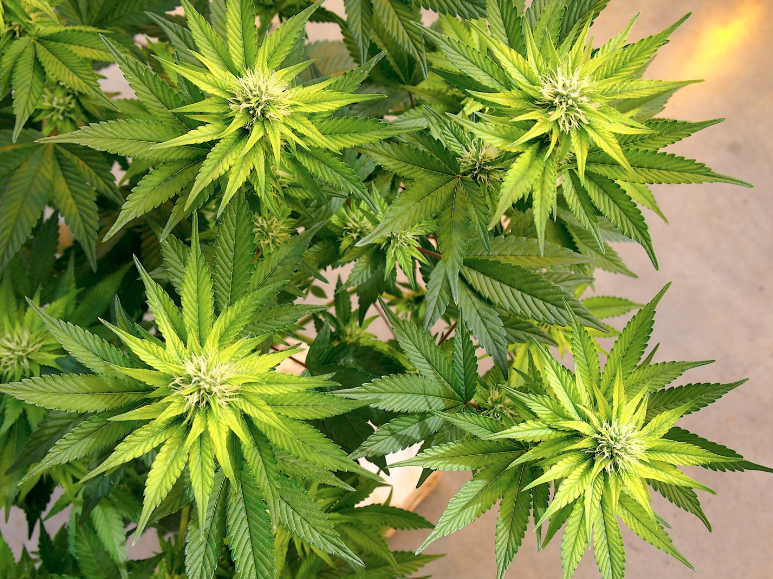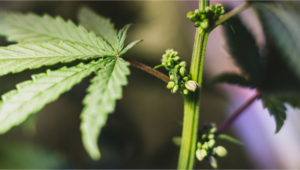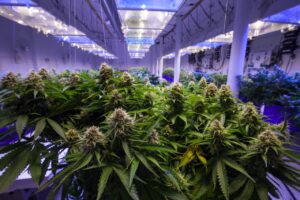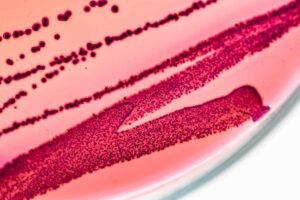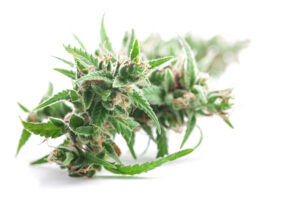Manufacturers generate validation data to demonstrate their test can detect the target molecule/organism with high sensitivity and specificity. It gives users confidence that the test can distinguish between the target and other similar molecules or organisms, which could give false positive or false negative results.
For our HLVd Validation Document, we mirrored the validation experiments we performed to meet the AOAC standards for our Microbial Safety Testing Assays (Salmonella, E. coli, and pathogenic Aspergillus). The AOAC sets specific guidelines that manufacturers must meet in order to earn certification, which include inclusivity and exclusivity testing using certified reference materials, and a comparison study performed in matrix.
Unfortunately, neither the AOAC nor any other third-party accrediting body accredits plant pathogen assays, such as Hop Latent Viroid (HLVd). There are also no industry standards and no certified reference material for HLVd, leaving manufacturers to set and source their own standards.
Reference Materials
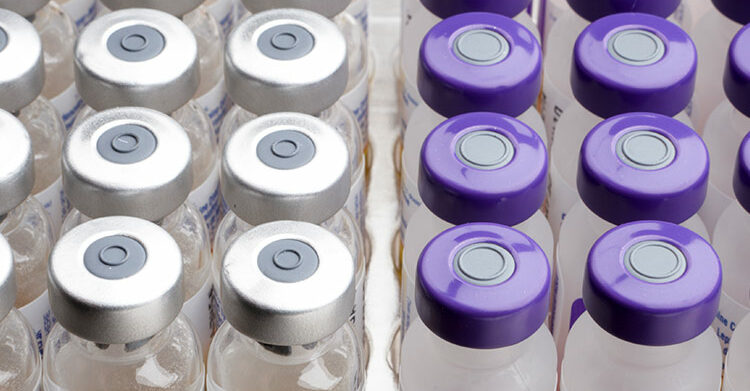
The biggest difference between our validation document and other HLVd assay manufacturers is that we performed our inclusivity and exclusivity experiments using either live organisms obtained from a certified biobank or synthetic DNA derived from published HLVd genomes.
To ensure our PathoSEEK Hop Latent Viroid Detection Assay does not cross-react with other organisms, we obtained 53 organisms commonly found on cannabis samples from ATCC (American Type Culture Collection), a global biological resource center.
Using organisms from a certified biobank like ATCC is crucial so that other manufacturers can use the same standards and confirm results. Manufacturers that list exclusivity data without providing source information like ATCC numbers are essentially making unsubstantiated claims
Unfortunately, ATCC does not stock HLVd, leaving our team without any standards to evaluate inclusivity. Instead, we ordered 11 different synthetic DNA sequences that are found in 25 publicly-available HLVd genomic sequences; 23 from NCBI and an additional 2 provided by Dr. Zamir Punja. In addition to this we Sanger sequenced 25 additional viroids from labs worldwide and published the information to Viropedia.net. The majority of these sequences agree with Dark Heart Nurseries (Warren et al) survey of there being just 2-3 viroid variants in circulation around the world.
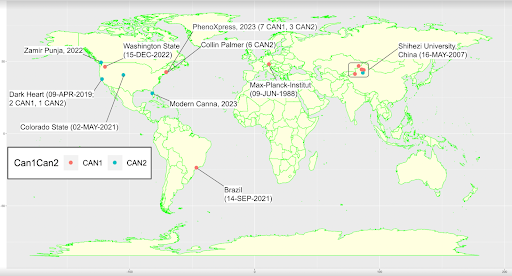
In Silico Analysis is Not Enough
In silico analysis is a way to evaluate PCR primer and probe design where software programs analyze the genome of the target organisms to see if primers and probes are a good match. If they are, then there is a good chance the assay will work. However, in silico analysis is only step one in evaluating primers and probes. Several variables could affect how well primers and probes bind to a target from a real live organism, and as a result, many assays that pass in silico analysis fail at the bench.
However, one HLVd assay manufacturer relies entirely on in silico analysis for their inclusivity and exclusivity evaluations. They even go so far as to claim their assay can “identify 100% of all known hop latent viroid variants”.
In our experience, such bold claims can’t be made with in silico analysis alone. Assays must be bench tested with background cannabis sequence and internal controls present. HLVd has significant homology to the cannabis genome and if the assay primers are not designed with this in mind, it may produce false positives. Internal controls can also alter the reaction.
Finally, the published off-target genomes on which their in silico analysis was performed do not take into account the fact that genomes splice into transcriptomes and that many of the genomes are incomplete.
Test with Confidence
HLVd testing is a responsibility that we take very seriously. False positives mean you or your clients will discard healthy plants that hurt the bottom line. False negatives will put other plants at risk and prolong the outbreak. That is why we have done our best to apply the standards AOAC set for human pathogen assays to our PathoSEEK Hop Latent Viroid Assay.
As we learn more about this viroid and better reference standards become available, we will continue to evaluate our assay to make sure that we are providing reliable results that you can trust.
If you are a testing lab that wants to offer HLVd testing, we want to work with you! Contact us to learn more or you can review the protocol and purchase reagents directly from our webstore!
If you are a grower that needs HLVd testing, we would be happy to connect you with a lab that uses PathoSEEK!

